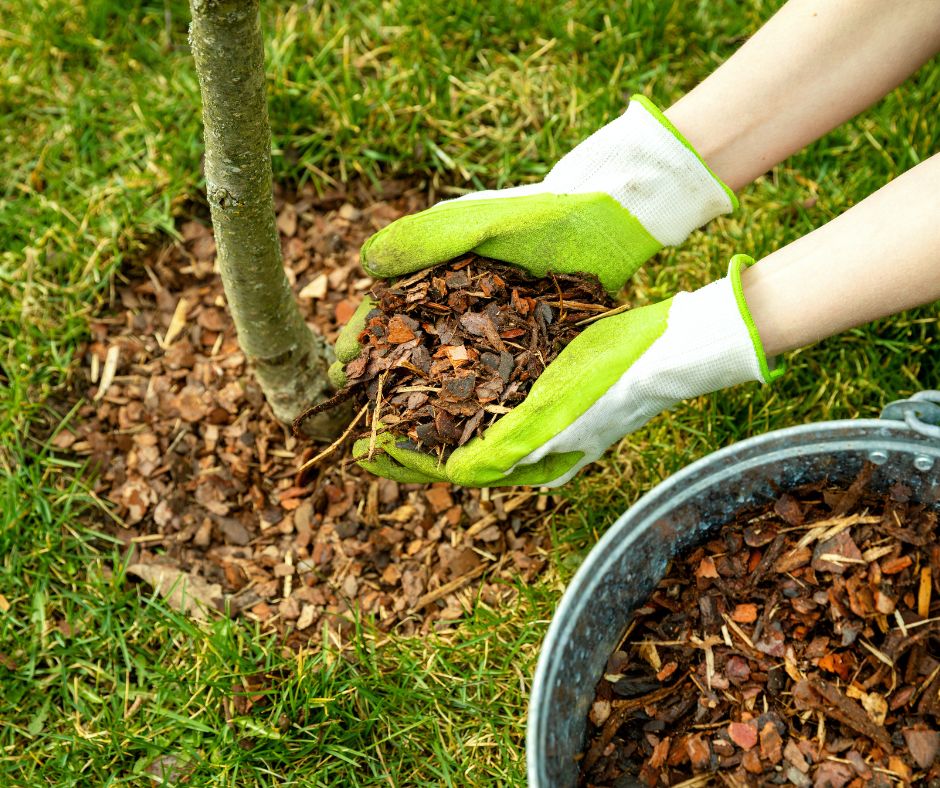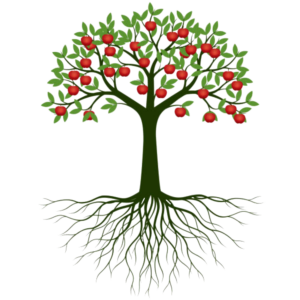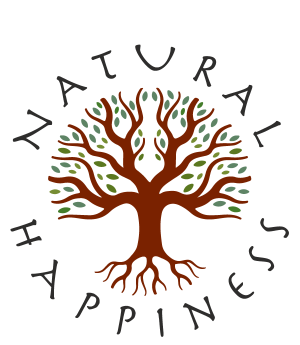This is the first in a series of blogs presenting the Seven Seeds of Natural Happiness, a unique way to help people grow their own happiness using parallels with organic gardening and farming, created by Alan Heeks. For an overview of all seven seeds, click here.
In these times of rising uncertainty, we need new ways to stay happy and clear. Natural Happiness has evolved from over 20 years’ immersion in organic gardening and farming: it draws on both techniques, such as composting and crop rotation, and the skills a gardener evolves, like observation and patience.
People sometimes compare themselves to a complex mechanism, like a car or computer, but that’s too simplistic. We are living organisms, like a garden. I’ve found that cultivated natural ecosystems, such as a garden or organic farm, are the best guide to growing our own happiness: showing us how to steer an organism to a positive outcome using natural growth methods. I call this approach the Gardener’s Way.
Our society seems obsessed with outputs and results. When I started an organic farm from scratch in the 1990s, I realised that sustainable growth starts with roots and soil. In a cultivated natural system, the key measure of success is not the crops, it’s the state of the soil. The vitality and resilience of ground condition provides the resources to handle unexpected problems and keep growing in future. Can you see the parallels for human nature here?
If this idea feels odd, let’s explore a different angle on it. Mainstream farming could mostly be called industrial or forced farming: crop growth comes from artificial fertilisers, not from the underlying vitality of the soil. Over time, these fertilisers, and related pesticides, pollute the earth and lower its vitality and its resilience to such problems as droughts or diseases. The farmer becomes ever more dependent on artificial stimulants and suppressants. Domestic vegetable gardens may have similar issues, but the difference between mainstream and organic is not so marked.
 Can you see the parallel in human nature? Many people push themselves along with artificial, polluting habits like stress, comfort food, caffeine, alcohol and lots more. This depletes their ground condition, and lowers their resilience to new challenges. The alternative is to nourish your ground condition, and value both roots and fruits. As Lady Eve Balfour, an organic farming pioneer, put it: “Feed the soil, and the soil will feed the plant.”
Can you see the parallel in human nature? Many people push themselves along with artificial, polluting habits like stress, comfort food, caffeine, alcohol and lots more. This depletes their ground condition, and lowers their resilience to new challenges. The alternative is to nourish your ground condition, and value both roots and fruits. As Lady Eve Balfour, an organic farming pioneer, put it: “Feed the soil, and the soil will feed the plant.”
The most common structural problem with soil is compaction. This means that the soil is too dense: air, water and warmth can’t circulate, and so fertility drops. I meet a lot of people I’d call compacted: you might call them uptight or tense. One benefit of the analogy is that if you really imagine you’re compacted earth, this can lead you to remedies. You may feel how you need to relax, open up to let resources in and feed your roots.
The other common problem in ground condition is waterlogging. In soil, this prevents air circulation and damps down fertility. In people, this is like being swamped by feelings, bogged down in emotions. To improve waterlogged soil, you often need a major intervention (like field drains), and the same can be true for waterlogged people: for example, counselling, or a change of circumstances.
Hopefully you can see how useful this analogy is for human wellbeing. Later Seeds will give you more help with nourishing your ground condition, for example with clean energy sources and composting. You can also find some useful resources on my website.
Nourish your roots: try the Tree Talk
This short exercise shows you the benefits of balancing your system and deepening your roots. A tree offers a beautifully simple model of harmony between three main elements, as shown below.
A gardener knows that these three parts of the system must be balanced. If the branches are too extensive, the tree is physically unstable and risks depletion, so the branches would need pruning. If the root system isn’t large enough to support the outputs you want, adding mulch and nutrients can help to reinforce it.

Branches – fruits: the network of branches carry leaves which capture sunlight and which breathe, transforming carbon dioxide into oxygen. And this is where fruits, blossom and other outputs are produced.
Trunk: the trunk has to combine stability and flexibility. It raises the crown, the higher branches, up to catch the light, but it must be able to bend with the wind. The trunk is the core of the tree, linking roots and branches.
Roots: the tree’s roots give it physical stability against high winds, by anchoring it broadly in the earth. And they give access to resources: the network of roots takes in moisture and nutrients from the soil.
The Tree Talk is simply imagining yourself like a tree, and seeing if these three elements of your system are in balance. Be aware that the resources you take in and use are not only physical: you’re also drawing on emotional energy, such as appreciation, and inspirational energy, such as vision and hope.
Ideally, do this test outdoors, sitting or standing at the base of a tree. If that’s hard, at least picture a tree you like, with you beside it. Slowly imagine these three elements of your system in turn, from the roots up.
Your roots: do you have a good support network (inner resources, outer contacts) that give you stability in challenges? Does your ‘root network’ extend enough to draw in energy and nourishment to sustain your outputs?
Your trunk: the trunk represents the ways you use energy to create what you want. Are your ways effective, stable, and flexible?
Your branches/ fruits: do you feel your branches are overextended in relation to your roots and trunk, or could they support you producing more outputs, more fruit?
Use this test to see where your system may need balancing: for example, by nourishing your roots or pruning your branches.
For a short video of Alan leading the tree test, click here.
To order Alan’s new book Natural Happiness: Use Organic Gardening Skills to Cultivate Yourself click here.
